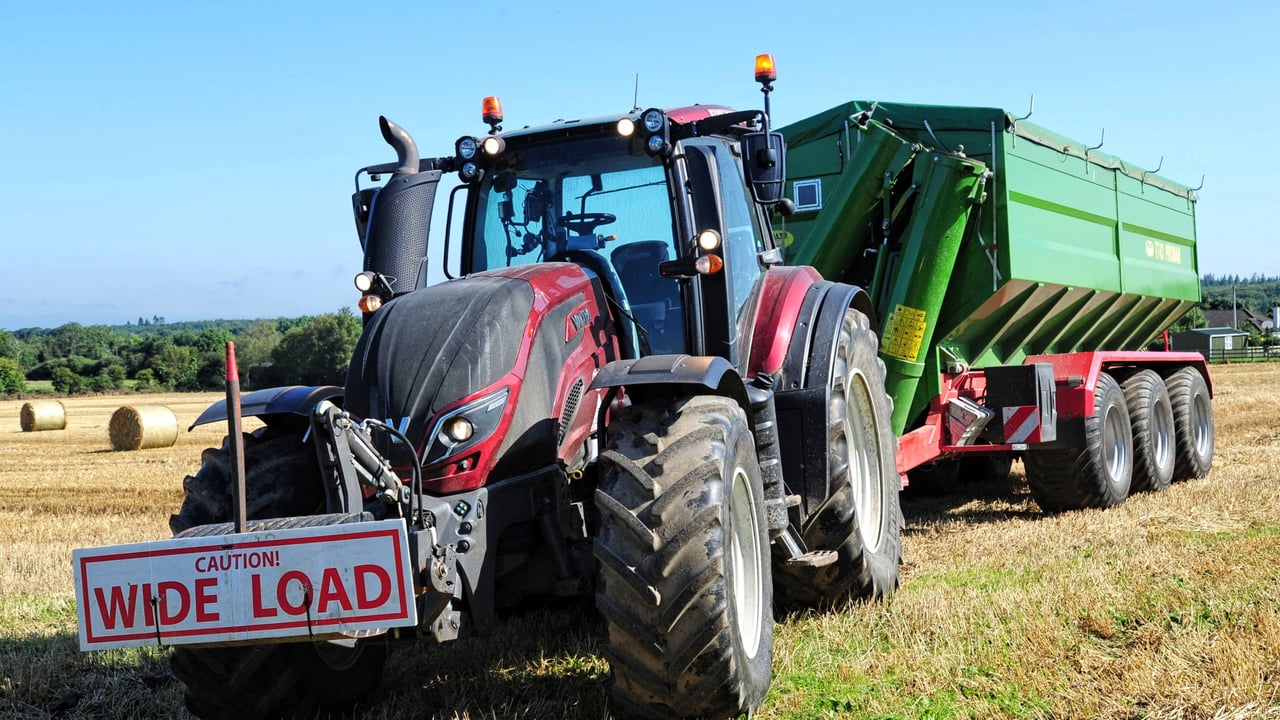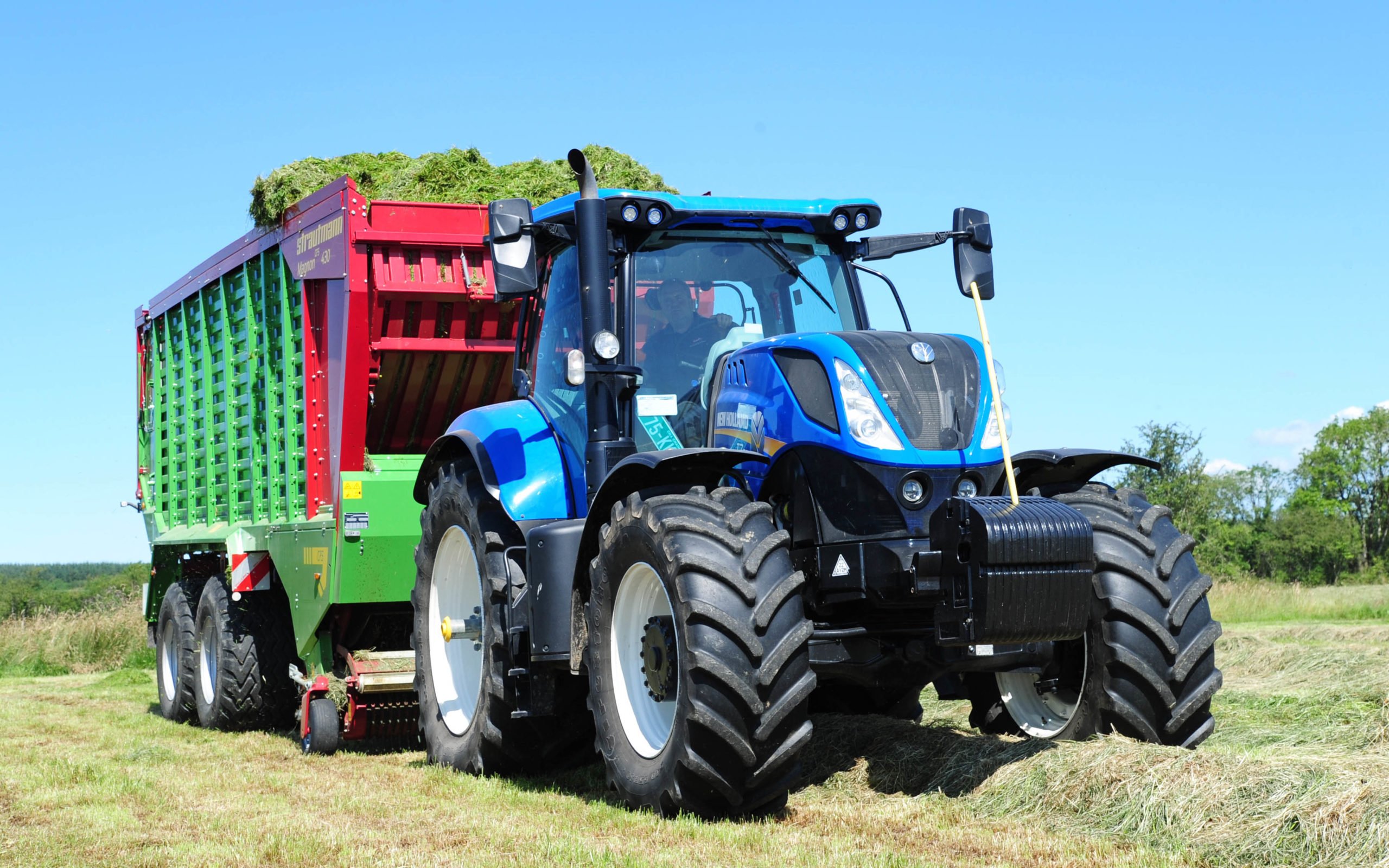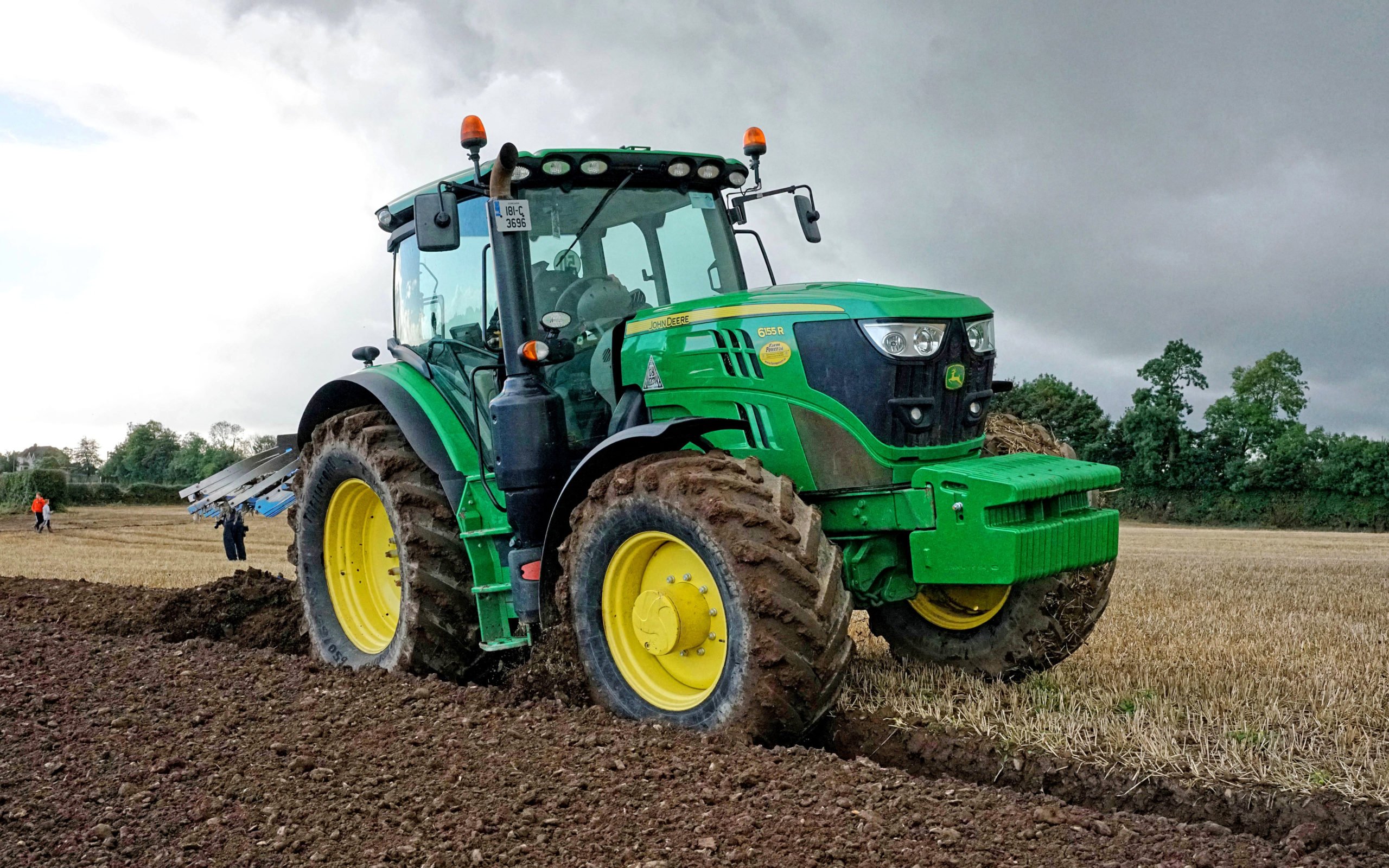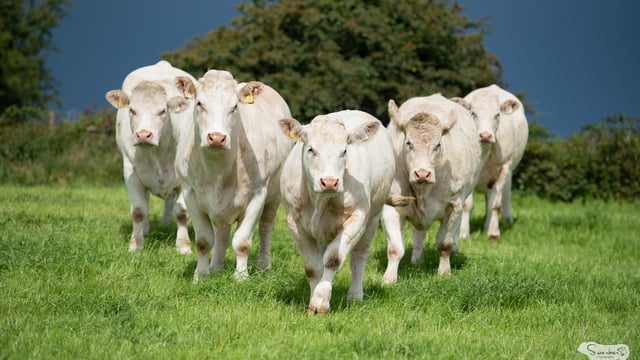Tractors see average price increase of 5-10%
Throughout 2021 alarm bells were ringing in the machinery trade warning of hefty price increases as component shortages and escalating steel costs pushed the cost of production skywards.
In which case it might be with some trepidation that potential customers of new tractors take a look at the actual price increases that have occurred across the market.
Would such hesitancy be warranted? The answer would depend on what was being expected, but overall the situation may not be quite the nightmare that was foretold.
With such a large range of models on offer to farmers, an average figure for tractors as a whole is difficult to arrive at.
An alternative approach is to compare a representative sample of models over the power spectrum to get a general impression of price movement.
This has been done in the table below which takes a representative model, at three power points, from each of the three major manufacturers and compares the 2021 price with today's price, as of January each year.
Naturally there are a whole host of ifs, buts and other caveats attached to this sort of exercise, so no claims are being made about it being a definitive guide, only an indicative snapshot of a complex situation.
| Model/hp | Price 2021 | Price 2022 | Increase € | Increase % |
|---|---|---|---|---|
| 100hp | ||||
| JD 5100M | 56,004 | 61,477 | 5,473 | 9.7 |
| Fendt 210 | 94,394 | 97,975 | 3,581 | 3.8 |
| Case Farmall* | 54,535 | 60,543 | 6,008 | 11 |
| 150hp | ||||
| JD 6145 | 100,092 | 107,637 | 7,545 | 7.5 |
| MF 5S145 | 95,470 | 99,630 | 4,160 | 4.4 |
| NH T6.180EC | 113,361 | 120,062 | 6,701 | 5.9 |
| 200hp | ||||
| JD 6195M | 133,414 | 140,535 | 7,121 | 5.3 |
| Valtra T194/5** | 156,548 | 166,998 | 10,450 | 6.7 |
| NH T.245 AC | 203,595 | 218,159 | 14,564 | 7.2 |
Although woefully incomplete there are one or two trends that appear to emerge from the table.
The first is that the greater price increases are at the lower end of the market, in the higher horsepower bracket the changes are not quite so marked, the Fendt 210 being the obvious model that bucks this trend.
Fendt is usually associated with the need for a weighty cheque book, so is this just an outlier that can be ignored?
Maybe not, for the larger Fendt 514 is only 3.2% more expensive than in 2021 and the larger still, Fendt 720, is also 3.2% more.
It would appear that AGCO has held back the price of its premium brand which could be due to any number of reasons.
One being a gentle repositioning of it in the market, increasing its price competitiveness as other companies adopt a higher level of digital technology and CVT transmissions.
On the other hand, John Deere and CNH appear to have taken a far more robust attitude to pricing, with the most dramatic increase being that of the Case Farmall C at 11%.
Again, the question arises as to whether this is a single discrepancy or part of a trend. It would appear the latter, for its big brother, the Puma 150 CVX, suffered a 16% rise, although the road speed also rose from 40km/h to 50km/h.
John Deere showed a high degree of consistency. There was a 2.2% difference in the increase between the three selected power points, this may just be a coincidence.
Last year the talk in the trade was of hikes of between 5% and 10%. These predictions would appear to be borne out by events with wilder variations on the theme being played by Case and Fendt.
We will have to wait another two years to see how the price differentials were reflected in the market.
The manufacturers themselves will be aware of their respective positions far earlier than us, so next year's price list may well reflect how these changes were taken by farmers.







